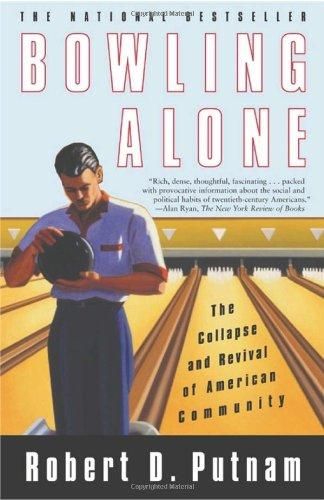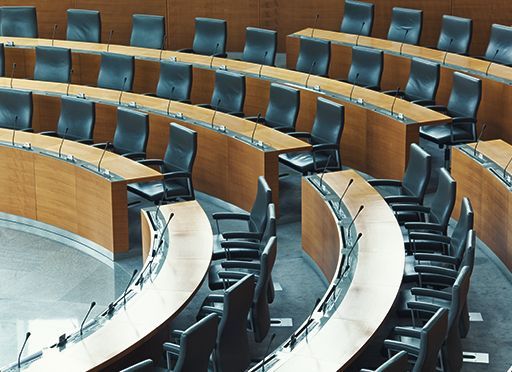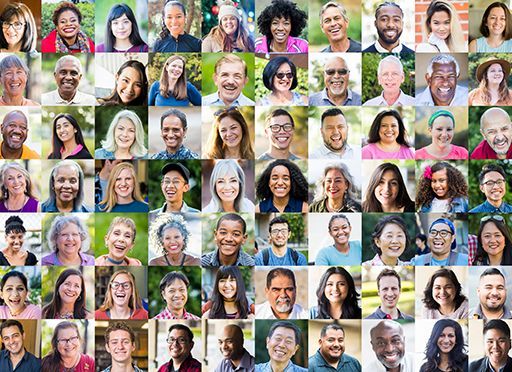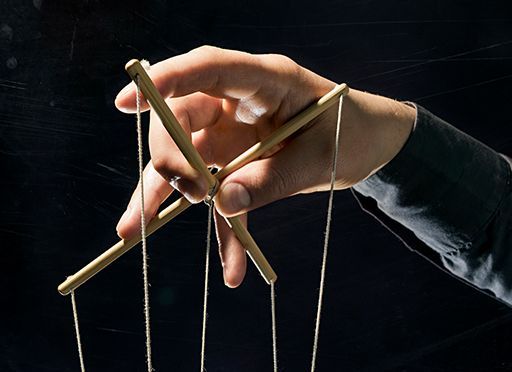Harvard public policy professor Robert Putnam’s classic analysis of American social dysfunction details how weaker social ties undermine community, health, wealth, social progress and trust.

The Crucible of Connection
Seminal Study
Published in 2001, Bowling Alone remains one of academia’s and the media’s most referenced works. Harvard public policy professor Robert Putnam, Ph.D dissects the profound shift away from collective social participation that began in 1970s America. He explains why it happened, what the consequences are and how to reverse this destructive tide. Putnam’s sociology classic provides a foundational analysis of how social participation affects individual prosperity, safety, health and happiness.
Community Involvement
Putnam cites the 1950s and 1960s as the pinnacle of American civic and community involvement. Afterward, the number of bowling leagues, clubs, associations and informal gatherings dwindled as trust in politicians, neighbors and governmental institutions declined.
Just as a screwdriver (physical capital) or a college education (human capital) can increase productivity (both individual and collective), so too social contacts affect the productivity of individuals and groups.Robert D. Putnam
Absence of strong and weak social ties affects personal economics, health and happiness. Society suffers when charitable institutions disappear, when volunteer fire departments can’t attract members and when people don’t trust each other.
Participatory public activities such as voting, supporting a political party, signing petitions, following current events, attending school meetings and running for public office fell precipitously from the mid-1970s through the 1990s. Baby boomers and gen Xers engage less than their parents and grandparents engaged.
Social Capital
Socialization at work doesn’t replace civic, community or religious social capital. Widespread, increased dissatisfaction and disengagement at work – in combination with fewer workers counting their co-workers as personal friends – demonstrates, Putnam explains, that relationships with colleagues usually don’t offer meaningful connections. Co-workers compete, particularly in times of lower job security, such as when he wrote his book, a time when one in three Americans had no job and derived no social benefits from work.
The touchstone of social capital is the principle of generalized reciprocity: I’ll do this for you now, without expecting anything immediately…confident that down the road you or someone else will return the favorRobert D. Putnam
Americans of all races, ages, income levels and locations entertain and play cards less frequently, engage in team sports less often and rarely eat dinner together as families. Team bowling, for example, has plunged dramatically. Americans bowl, but they bowl alone.
Declining Civic-mindedness
Although Americans volunteered more than ever in the 1990s, their activities came to focus on personal, one-to-one support more than on community service, and the increase in service hours came mainly from those 60 years of age and older.
Social capital accrues when people – even strangers – do things for others. In communities where people trust each other, residents give more, volunteer more, and pay their taxes and respect the law more. Trust reduces the need for rules, laws and enforcement. The United States in the 1990s had more lawyers than in the 1950s and ’60s, primarily to enforce formal contracts and agreements that once relied on handshakes.
Clubs and Groups
In-person book clubs and discussion groups build social capital, as do special-interest groups associated with gay rights, feminism, the environment, self-help and other focus areas.
Of all of the domains in which I have traced the consequences of social capital, in none is the importance of social connectedness so well-established as in the case of health and well-being.Robert D. Putnam
Homogeneous clubs and religious groups create more “bonding” but are less effective at “bridging” social capital. People of similar age, race and religion bond, but when diverse people come together, they’re more likely to spur bridging, which has an even higher societal value.
Television
Most Americans say time pressures prevent them from volunteering or joining clubs. Working women and commuters have less time for social and civic pursuits.
Regardless of age, Americans have turned to television – most often alone – for a growing share of their entertainment. Watching television fuels civic disengagement.
I don’t have enough time” is the reason that Americans cite most often for their failure to participate.Robert D. Putnam
Increased social disconnectedness among boomers and gen Xers accounts for as much as 50% of the decline in social engagement. Racial desegregation, white urban dwellers moving to suburbs, the nuclear family disintegrating and bigger government account for virtually none of the change. Low social engagement among younger generations fuels a sharp rise in depression and suicide rates.
Social Connectivity
Social ties and connections help people get jobs, business loans and promotions. Both strong and weak connections are as predictive of individual success as skill, experience or education.
We come to appreciate how important the long civic generation has been to American community life just as its members are retiring.Robert D. Putnam
Social connectedness predicts health and happiness more than any other factor, including weight, diet, exercise, income and wealth. Joining a club that meets once a month improves your health as much as quitting smoking improves it.
Act In Concert
At the turn of the 20th century, conditions in the United States showed remarkable similarity to those at the turn of the 21st century. An influx of refugees, mass migration to cities and new technologies created a social capital deficit. Disease, crime and racism spread through urban slums nationwide, and political corruption spiked. Americans responded with intense civic engagement. Social and civic clubs formed, citizens and government entities invested in public parks and kindergartens and worker unions took root. This widespread spirit of civic connectedness and social purpose changed US history.
Americans need to reconnect with one another. That is the simple argument of this book. Robert D. Putnam
Putnam is adamant that individuals, groups and governments must act in concert to prevent further degradation of American social capital. In his view, everyone must work to make sure that new and future generations return to the level of civic-mindedness exhibited by those born between 1910 and 1940. Doing so will rescue communities, the nation and individuals.
Accurately Disheartening
Putnam’s erudition, staggering intelligence and in-depth research combine to create a thoroughly disheartening but difficult to contradict read. Even more disheartening is that Putnam wrote it before the internet further increased American isolation and before COVID-19 fractured almost every in-person social connection Putnam insists are essential to civic and personal health. Everything that makes up the new normal seems destructive to social connection. Hopefully, then, his dire, thorough description of this social malady will inspire you to work against it.
Even Putnam offers a slightly more optimistic take in his 2020 book, The Upswing: How America Came Together a Century Ago and How We Can Do It Again, an update of Bowling Alone co-written with Shaylyn Romney Garrett. In it, he traces the path of American economics, politics, society and culture. He restates that the nation functions best when it supports all of its people and strikes the right balance between two core concepts: an open door to opportunity for everyone and each person’s independent individualism.
Robert D. Putnam also wrote Our Kids: The American Dream in Crisis, and he edited Democracies in Flux: The Evolution of Social Capital in Contemporary Society. He co-wrote The Upswing with Shaylyn Romney Garrett; Better Together: Restoring the American Community with Lewis M. Feldstein; American Grace: How Religion Divides and Unites Us with David E. Campbell; and Hanging Together: Cooperation and Conflict in the Seven-Power Summits with Nicholas Bayne.






